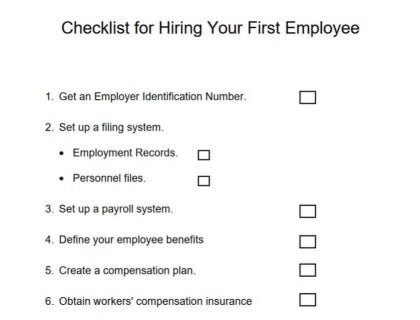
How to Hire Your First Employee:

Find out everything you need to know about hiring your very first employee with our step-by-step guide.
Complete the necessary administration.
Get an Employer Identification Number (EIN).
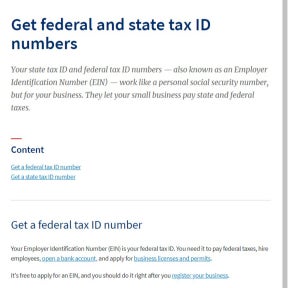
If you've registered your business as a partnership or a corporation, you should already have an EIN and you can skip this step. If not, start by obtaining an EIN. This will allow you to pay state and federal taxes for your business and your employee.
Set up a filing system for employment tax records.
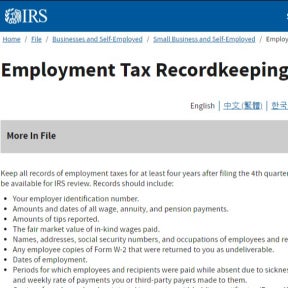
Create a filing system for your employment tax records, including amounts paid, filed returns, and employment dates. These must be kept for a period of 4 years and should be readily available for review by the IRS.
Create a system for personnel files.

Next, create a personnel file for your new employee. This should house job-related documents such as applications, resumes, signed employment contracts, performance evaluation forms, benefits sign-up forms, W-4 forms, and a separate folder for I-9 Employment Eligibility Verification forms.
Layout your payroll and benefits.
Set up a payroll system.

You will need to set up a payroll system to pay your employee and withhold a portion of their income for tax, medicare, benefits, and social security. You can do your own payroll using free payroll software or you can outsource your payroll to ensure that you comply with government regulations.
Create a compensation plan.

If you haven't already done so, put together a detailed compensation plan for your employee. This should include information about starting salary, terms of payment, benefits, bonuses, wage increases, hours of work, and overtime.
Define your employee benefits.

Define which supplemental benefits, if any, you will be willing to offer your employee as part of their compensation package. Remember that your employee is also entitled to state and federal benefits such as social security, workers' compensation, unemployment insurance, leave benefits, and possibly temporary disability insurance, depending on the state you are registered in.
Read our guide to employee benefits for more information.
Obtain workers' compensation insurance.

As an employer, you are required to obtain workers' compensation insurance to protect employees who may suffer injuries or illnesses while at work. The requirements for workers' comp vary by state and may not be required for smaller businesses.
Start the recruitment process.
Write an enticing job description.

A great job description goes a long way to attracting candidates to your company. You will want to include information on the position itself — the requirements, responsibilities, and qualifications — but you should also sell your company like you would a product. Include information on what makes your company special, as well as any benefits that you offer that other companies lack.
The scale and duration of the recruitment process will depend on the type of position you are trying to fill.
Post your ad on job boards.

There are free, paid, general, and specialty job boards available online for you to post on. You can also post your job ad on your company website and configure the HTML code so that Google for Jobs will pick it up and distribute it.
Check out our list of the best job boards for 2024.
Send out a screening email.

Once you start receiving applicants, send out a screening email to help you narrow down the applicant pool. With some basic questions or an aptitude test, you can weed out the candidates who may be unsuitable for your particular position.
Conduct remote interviews.

Conduct remote interviews with your smaller applicant pool to find the best applicants. This will save both you and the applicants the time and money involved in face-to-face interviews.
Run a background check.

By now you should have a small pool of the most well-suited candidates for your vacancy. Run a background check on these candidates to check their references and qualifications.
Conduct full-length interviews.

Now is the time to invite your top preferred candidates in for an in-person interview. You should conduct full-length interviews with each candidate, asking in-depth questions about their experience, motivation, and work ethic.
Make an offer of employment.

Choose the best candidate and call them to make an offer of employment. If they accept your offer, send them an email confirming the offer and summarizing the vacancy and your expectations. You will also need to add important information like start dates and any paperwork that needs to be completed.
Ensure that your company complies with state employment requirements.
Report your new hire to the state.
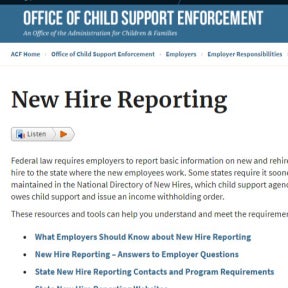
Once the hiring process is complete, you are responsible for reporting your new hire to the state for the purposes of locating parents who owe child support.
Display workplace posters.
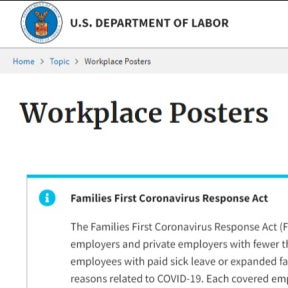
The department of labor requires that all U.S. employers display notices in the workplace informing employees of their rights. Before your employee arrives for their first day of work, make sure you have your workplace posters printed and displayed. You can download posters for free from the U.S. Department of Labor website.
Verify employment eligibility.
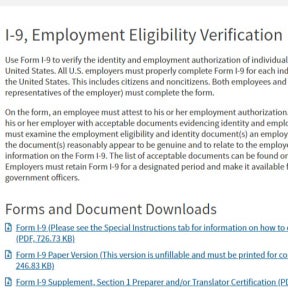
Before your employee arrives, or on their first day of work, make sure you fill out an I-9 employment eligibility verification form. This should be kept in a folder and made available for inspection by government officers.


